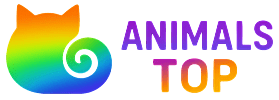In the animal kingdom, survival is a constant struggle, but at the top of the food chain, apex predators reign supreme. These predators have no natural enemies and are experts at hunting, controlling their ecosystems with fearsome efficiency. Let’s take a closer look at the top 10 apex predators in nature, starting with the most formidable of all.
Scientific Name: Orcinus orca
Habitat: Oceans worldwide
The orca, also known as the killer whale, is often considered the apex predator of the oceans—and arguably the entire planet. With no natural enemies, orcas use intelligence and social cooperation to hunt a wide variety of prey, from fish to seals and even other whales. They are known for their sophisticated hunting techniques, including beaching themselves temporarily to catch seals or coordinating in groups to create waves that knock prey off ice floes.
Hunting Techniques: Use echolocation to track prey, hunt in packs (called pods), and employ strategic behaviors to disorient or trap prey.
Diet: Fish, squid, seals, sea birds, and even sharks or other whales.

Scientific Name: Carcharodon carcharias
Habitat: Coastal waters around the world, especially in temperate oceans
The great white shark is an iconic predator, famous for its speed, power, and rows of razor-sharp teeth. These sharks are skilled hunters with a finely tuned sense of smell and the ability to detect the electromagnetic fields produced by other animals. Great whites are ambush predators, attacking their prey with a burst of speed and surprising force.
Hunting Techniques: Use stealth, camouflage, and powerful bites to incapacitate prey, often breaching the water surface when attacking seals from below.
Diet: Fish, seals, sea lions, and sometimes smaller whales.
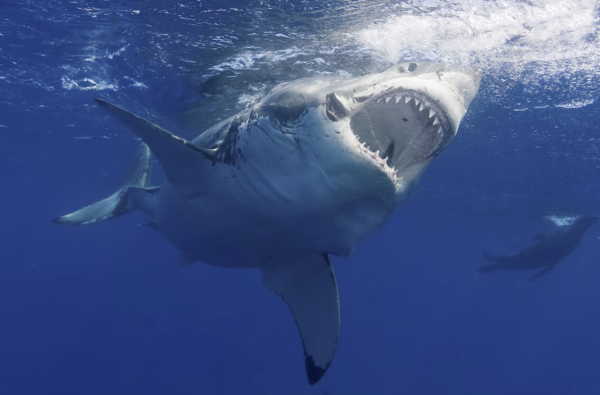
Scientific Name: Panthera tigris tigris
Habitat: Forests and grasslands in India, Bangladesh, Bhutan, and Nepal
The Bengal tiger is the largest of all wild cats, feared across its range for its sheer strength and stealth. As solitary hunters, tigers rely on camouflage and patience to stalk their prey. With a single powerful pounce, they can bring down large animals, delivering a lethal bite to the neck or throat.
Hunting Techniques: Stalk prey through dense forests, rely on camouflage, and use powerful hind legs to leap great distances.
Diet: Deer, wild boar, and occasionally buffalo or young Elephants-Are-Endangered.html">elephants.

Scientific Name: Crocodylus porosus
Habitat: Coastal regions, rivers, and marshes in Southeast Asia and northern Australia
The saltwater crocodile is the largest living reptile, capable of growing over 20 feet long and weighing more than a ton. These fearsome predators are highly territorial and can strike with blinding speed, using their powerful jaws to clamp down on prey and perform a "death roll" to incapacitate or drown their victims.
Hunting Techniques: Ambush predators, lying in wait near the water’s edge before launching a surprise attack.
Diet: Fish, birds, mammals, and sometimes larger prey like water buffalo or sharks.
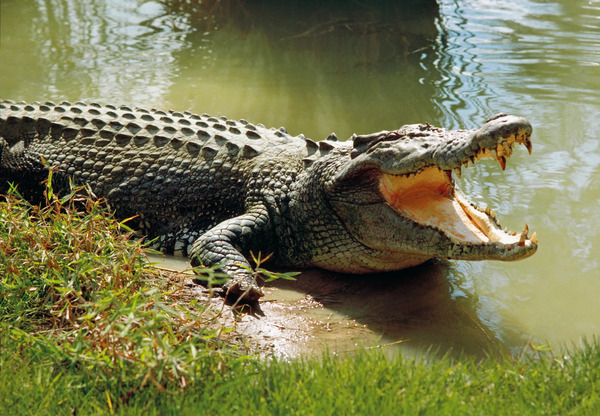
Scientific Name: Ursus maritimus
Habitat: Arctic region
As the apex predator of the Arctic, polar bears are formidable hunters, primarily targeting seals for their blubber-rich diet. Polar bears are excellent swimmers, capable of covering vast distances across the icy waters of the Arctic in search of food. Their large paws are adapted for both swimming and walking on snow.
Hunting Techniques: Stalk seals near breathing holes in the ice or break into seal dens; skilled swimmers capable of catching prey in water.
Diet: Seals, walrus, fish, and occasionally whale carcasses.
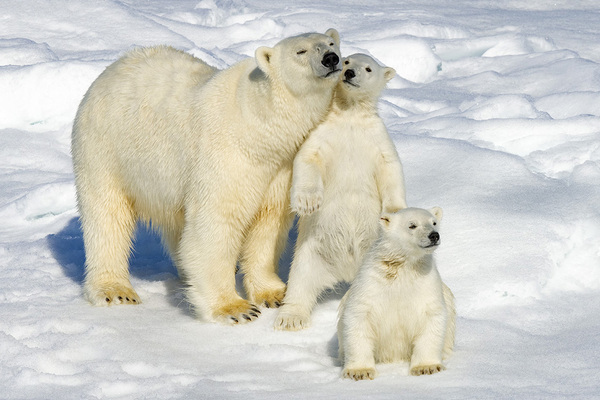
Scientific Name: Panthera leo
Habitat: Savannahs and grasslands of sub-Saharan Africa
The lion is the only truly social big cat, living and hunting in groups known as prides. Their teamwork makes them effective hunters, capable of taking down large prey like zebras and buffalo. Male lions protect the pride, while females do most of the hunting, coordinating to ambush and overwhelm prey.
Hunting Techniques: Hunt in coordinated groups, using ambush tactics to chase prey into a trap.
Diet: Wildebeest, zebras, buffalo, and sometimes giraffes.

Scientific Name: Harpia harpyja
Habitat: Rainforests of Central and South America
With its enormous talons and powerful build, the harpy eagle is the apex predator of the rainforest canopy. It has exceptional vision, allowing it to spot prey from great heights. Harpy eagles are skilled at hunting animals that dwell in the treetops, using their speed and agility to swoop down and snatch monkeys or sloths right off the branches.
Hunting Techniques: Ambush from above, striking with talons large enough to crush bones.
Diet: Monkeys, sloths, birds, and small mammals.
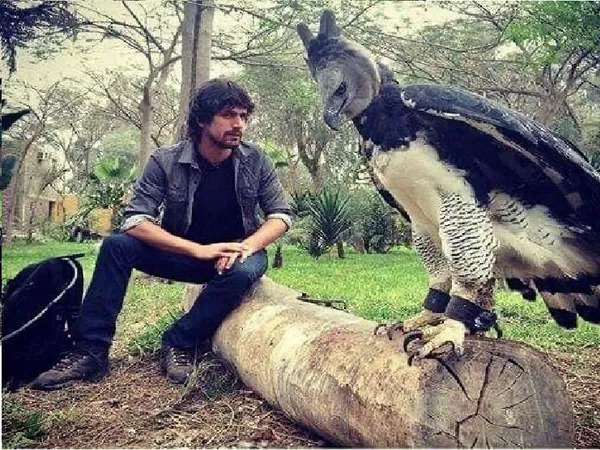
Scientific Name: Canis lupus
Habitat: Forests, tundras, and plains in North America, Europe, and Asia
Wolves are highly social and intelligent predators, hunting in packs to bring down animals much larger than themselves, such as elk or moose. Their cooperative hunting strategies and stamina make them formidable, as they can pursue prey for hours in coordinated chases.
Hunting Techniques: Use pack strategies to isolate, chase, and exhaust prey.
Diet: Deer, elk, moose, and sometimes smaller animals like hares.

Scientific Name: Varanus komodoensis
Habitat: Indonesian islands, including Komodo, Rinca, and Flores
The Komodo dragon is the largest living lizard, capable of taking down prey as large as water buffalo. These reptiles use a combination of venom and bacteria in their saliva to infect and slowly weaken their prey. After delivering a bite, they may follow their victim for days until it succumbs to infection or blood loss.
Hunting Techniques: Ambush predators, delivering a powerful bite with venomous saliva.
Diet: Deer, pigs, water buffalo, and carrion.

Scientific Name: Haliaeetus leucocephalus
Habitat: North America, near large bodies of water
The bald eagle, with its striking appearance and impressive hunting skills, is the apex predator of North American skies. Known for their incredible vision, they can spot fish from hundreds of feet in the air and dive at speeds of up to 100 mph to snatch prey from the water or ground.
Hunting Techniques: Dive at high speeds, using talons to grab fish or small mammals.
Diet: Fish, small mammals, waterfowl, and occasionally carrion.

Apex predators play a crucial role in maintaining the balance of their ecosystems by controlling prey populations and ensuring biodiversity. Whether prowling the deep oceans or soaring through the skies, these top predators are nature’s most efficient and formidable hunters. Without them, entire ecosystems would be thrown off balance, highlighting the importance of their presence in the wild.
animal tags: Predators
We created this article in conjunction with AI technology, then made sure it was fact-checked and edited by a Animals Top editor.
you may also like
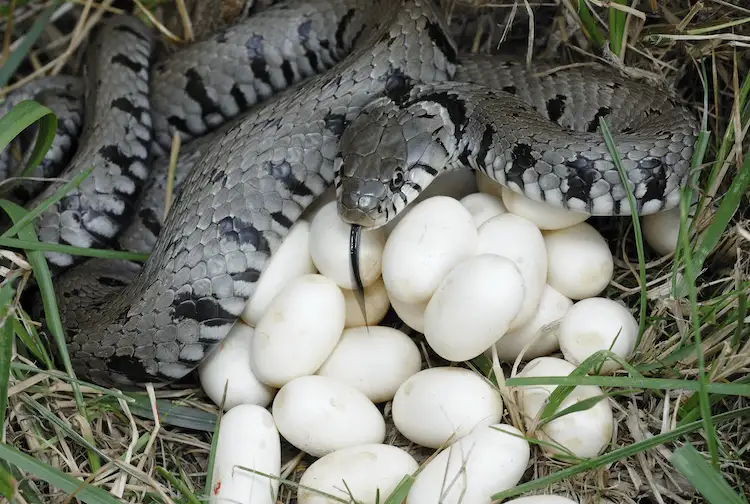
When most people think of snakes, they imagine slithering reptiles hiding eggs in warm, secluded spots. Butdo all snakes lay eggs? Or are there exceptions in the serpent world? If you've ever asked this question, you're not alone. Let's explore this fascinating topic through the le...

There are many kinds of birds with red feathers. Here are some common birds with red feathers:1. Red-crowned Plover: Small in size, with bright red head and neck, black wings and tail, and brown back.2. Red cuckoo: The body is roughly gray, with a striking red head, neck, back and tail, and white sp...

Cerambycidae is a general name for a group of insects, mainly referring to some insects in the family Cerambycidae. Longhorn beetles usually have slender bodies, slender antennae, and have certain flying abilities. The larvae of longhorned beetles mostly feed on wood or plant stems, so in agr...

"Cute" is a subjective rating, so everyone may have a different opinion on what kind of turtle is the cutest. However, here are some of the baby turtle breeds that are widely considered to be very cute: 1. Red-eared Slider: This is a common and popular aquatic turtle spec...

Protecting animals is an important part of maintaining ecological balance, biodiversity and the sustainable development of the earth. Here are some ways to promote animal protection: Protect Habitats: Protect natural habitats, especially ecosystems such as forests, wetlan...

The Red Clawed Hand Crab, also known as the Sakura Shrimp Crab or Sakura Fish Crab, is a small crustacean suitable for freshwater aquariums and is often kept as an ornamental pet. Here are some tips for raising red claw crabs: Aquarium and environment...

In the animal kingdom, the digestion of food is a complex and finely-tuned process that ensures an animal’s nutritional needs are met. However, just like in humans, the consumption of excessive fats can have a detrimental effect on digestion. When animals consume high-fat diets, it can lead to a va...

To determine whether a cat has been bitten by a weasel, you can pay attention to the following points: 1. Observe the wound: A weasel’s bite usually leaves obvious tooth marks. If you notice multiple small, deep wounds on your cat, it may be caused by a chinchilla....
Email: jsset668#gmail.com (change # to @) Please indicate your purpose of visit! Guangdong ICP No. 2022053326 XML| map| Chinese
